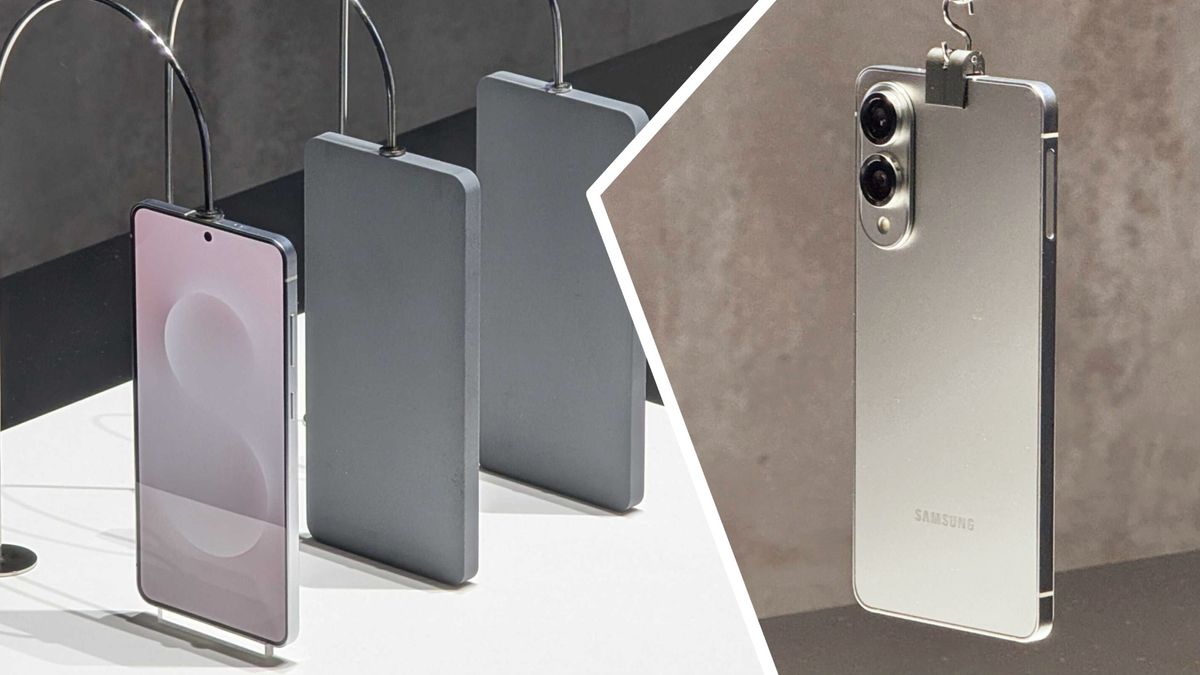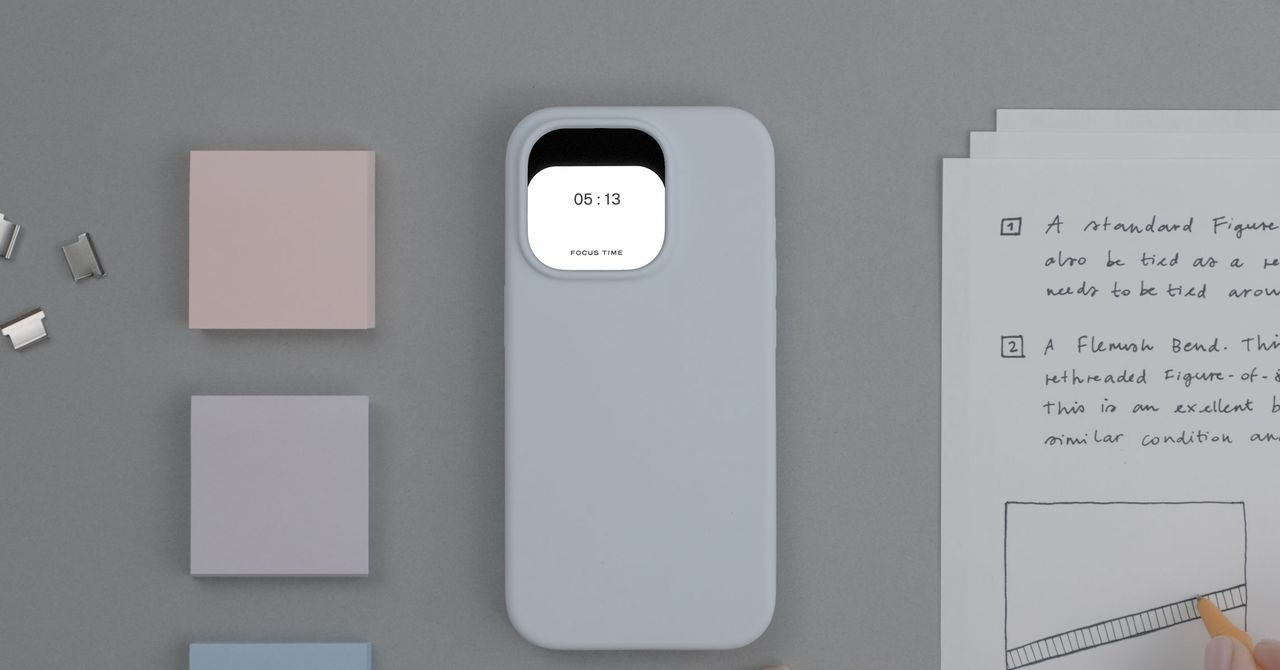
I'm excited about the Samsung Galaxy S25 Edge and the iPhone 17 Air, but I'm afraid they might make too many sacrifices.
The thinness of smartphones often means sacrificing other features.
Slim smartphones have never completely disappeared, although their popularity has declined in recent years. When reviewing the top devices on best phone lists, a common pattern emerges: performance, battery life, and camera quality are priorities. Sleek design remains important, but not at the cost of functionality.
However, 2025 is anticipated to be the year when companies like Apple and Samsung refocus on ultra-thin designs. Rumor has it that the iPhone 17 Air will be a bold return to minimalism, featuring a remarkably thin frame that will set it apart from the rest of the iPhone line, which already includes lightweight devices. Meanwhile, Samsung is set to launch the Galaxy S25 Edge, which also emphasizes reducing volume to provide a more streamlined silhouette.
The potential reemergence of extremely slim phones is intriguing, as past experiences have shown that being thinner does not always mean being better and often involves compromises. In this context, it is pertinent to analyze the potential sacrifices that both the iPhone 17 Air and Galaxy S25 Edge might make in pursuit of aesthetic perfection.
In the 2010s, smartphone manufacturers such as Apple pursued thinness almost as a primary design goal. The iPhone 6 had a thickness of 6.9 mm, while Motorola launched the Moto Z with a modular design to compensate for its slim chassis. At that time, thinness was considered an innovative trait, but the drawbacks soon became apparent, such as smaller batteries, inferior thermal performance, and more fragile frames.
This is reflected in today’s flagship phones. Models like the iPhone 16 Pro Max, the Samsung Galaxy S25 Ultra, and the Google Pixel 9 Pro are not designed with the intention of being ultra-thin, but to offer performance without sacrificing durability.
The return of thin smartphones may be driven by advancements in materials and internal designs. Components such as Apple’s M chips and batteries have become more compact and efficient. Additionally, AI-driven optimization allows software to run better with fewer resources.
However, there is also a marketing strategy behind these trends. A notably thin iPhone 17 Air would not only look visually different but would also represent a design statement, especially in a product line that has become increasingly iterative and focused on camera improvements.
Despite their appeal, extremely thin phones present significant trade-offs. One of the main issues is battery life, as a thinner design reduces the available space for a larger cell. The Galaxy S25 Edge, for example, has been certified with a notably small battery, which could affect its autonomy.
Camera systems are also compromised, as the best smartphone cameras rely on large sensors and stabilization technologies that take up space. Including a single-lens camera in the iPhone 17 Air represents a notable downgrade from the three-lens setup of the iPhone 16 Pro.
Heat management becomes crucial as processors and AI workloads become more powerful, and a thinner design reduces space for heat dissipation, which can lead to limited performance. Usability may also be impacted, as thinner phones often mean fewer ports and smaller speakers.
It’s not to say that ultra-thin phones should not exist. There is a real appeal to lighter and sleeker devices, especially if they stand out from the increasingly similar designs of flagship product lines. If Apple launches the iPhone 17 Air after the Samsung Galaxy S25 Edge, these models could offer design-centric alternatives that complement their Pro and Ultra counterparts.
However, thinness alone does not constitute innovation. The best smartphones strike a balance between form and function: they are reliable for everyday use, powerful, and durable. If super-thin designs sacrifice these essential features, they risk becoming mere style statements with a short lifespan.




